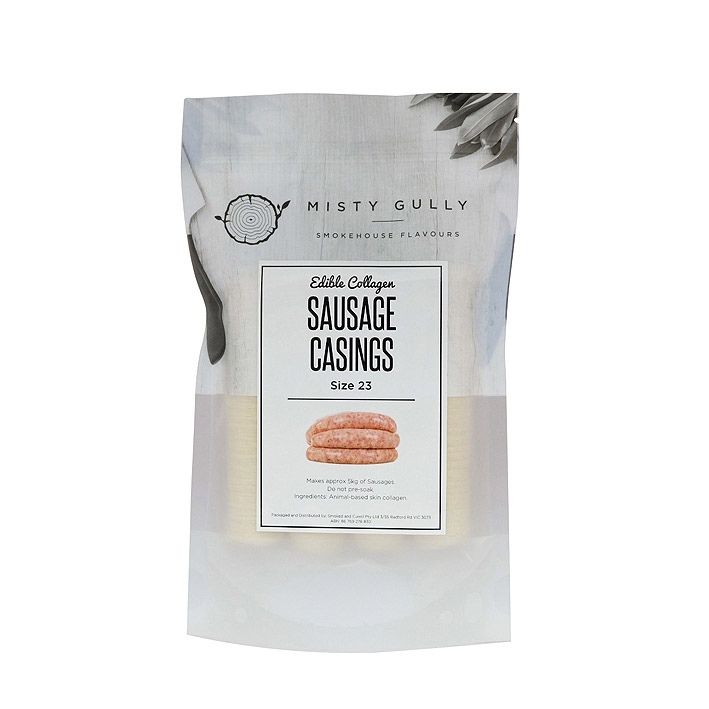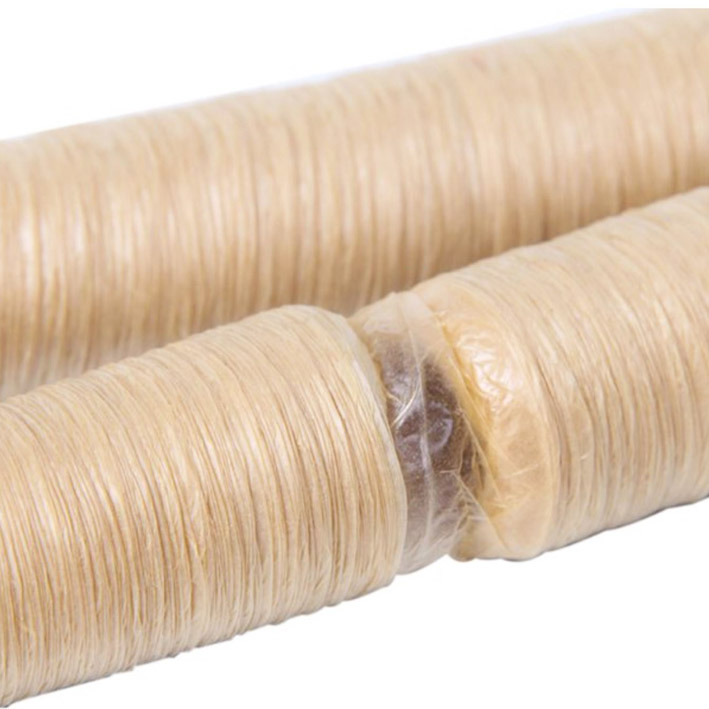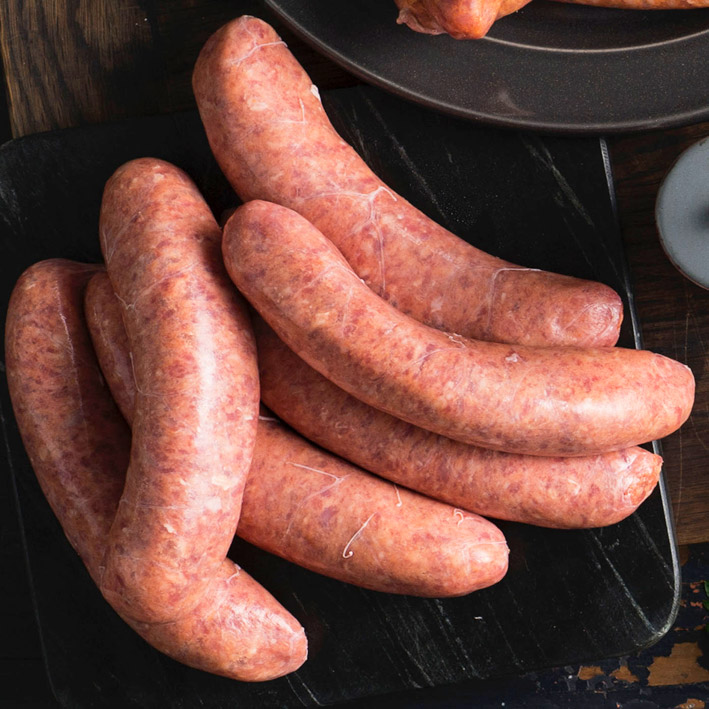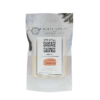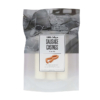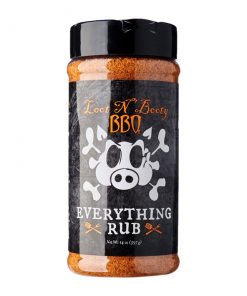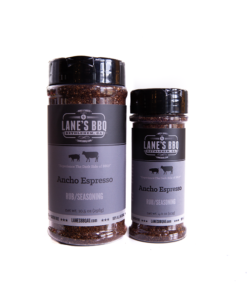Misty Gully Collagen Sausage Casing – Size 23
$13.95
These Collagen sausage casings are 23mm and will make a small to medium size sausage.
A great sausage casing for beginners as it is easy to handle, needs no soaking prior to use and can be easily stored without needing to be refrigerated.
Enough casings to make approx 10kg of sausages.
Product of Australia.
Comes in a Resealable Pouch.
In stock

What is a Collagen casing you ask?
Well basically it is made from the collagen found in the skins of livestock, here is a brief overview of the process:
The corium layer of cattle hides is extruded from between the grain (hair) layer and the fat and muscle layer (the hide consists essentially of collagen). Protein and water are chopped and mixed with lactic acid and cellulose fibers causing them to swell and form a slurry. The slurry is de-aerated under vacuum, and is then homogenized and filtered to tease the collagen fibers apart. The resultant slurry is again de-aerated and stored in chilled tanks.
It is then extruded through a die with counter rotating sleeves, which “weave” the collagen fibers together as they pass through the die. The slurry, which is now in the form of a casing, passes directly into a concentrated coagulating solution of an inorganic salt. The casing is chemically treated in the process machine to cross-link the fibers and give the casing integrity. The casing is then washed and plasticized with glycerin.
The casing is then dried, partially re-humidified and wound on reels. The reels are taken to the shirring area where the collagen casing is shirred on machines similar to the type commonly used in the shirring of regenerated cellulose casings.
IMPORTANT: Making dry aged or air-dried meats requires significant care, diligence and responsibility. Results can vary significantly and can potentially not be safe for consumption due to various factors such as method of production, quality of meat, cleanliness of equipment and working environment, drying conditions, molds and general hygiene. Firebrand Australia Pty Ltd will not be held responsible for the outcome of meat products made by our customers. We recommend to always follow a trusted recipe precisely.
| Weight | .2 kg |
|---|---|
| Dimensions | 12 × 3 × 21 cm |
No content available for this tab.
No video available for this product.
Related products
PANTRY & DELI

